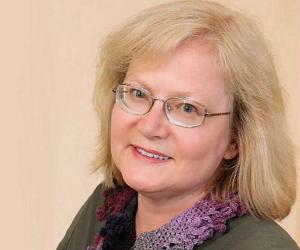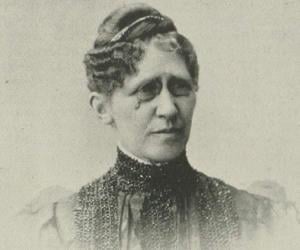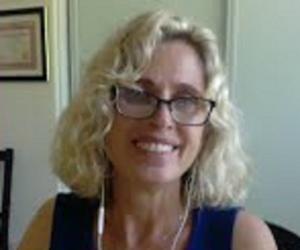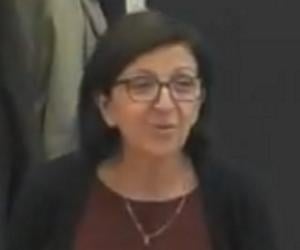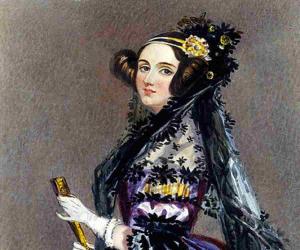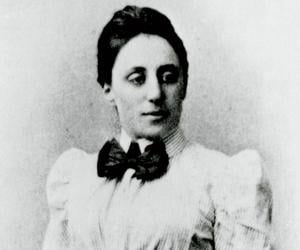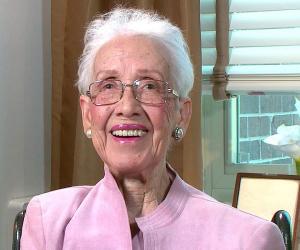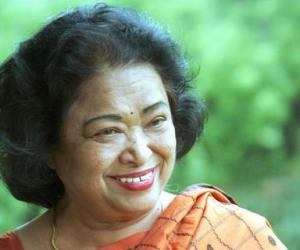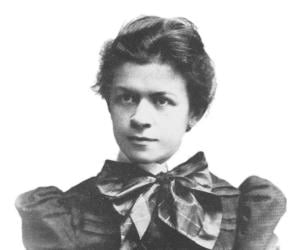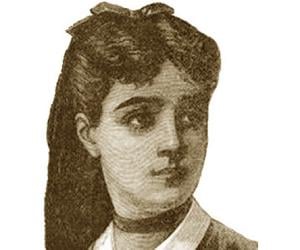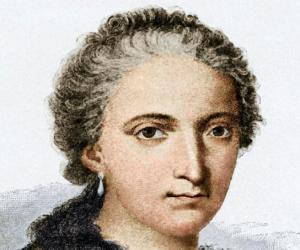Ada Lovelace was a mathematician known for her work on the Analytical Engine, a mechanical general-purpose computer proposed by Charles Babbage. Many believe that Lovelace was the first to recognize the potential of computers. It is also believed that she published the first algorithm after realizing that the algorithm could be carried out by a machine like the Analytical Engine.
Emmy Noether was a German mathematician best remembered for her contributions to abstract algebra. She is credited with discovering Noether's theorem, which is regarded as a fundamental theorem in mathematical physics. One of the most important mathematicians of her generation and the most important woman in mathematics history, Emmy Noether developed theories of algebras, fields, and rings.
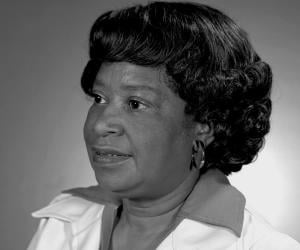
American mathematician and aerospace engineer Mary Jackson went down in history as the first African-American woman to work as a NASA engineer. Initially a math teacher, she later joined NACA under Dorothy Vaughan and contributed to countless American space programs at a time when racial segregation was the norm.
A child prodigy who was never formally educated, Shakuntala Devi became a mathematical genius earning the title of Human Computer for her exceptional calculating abilities. The Indian genius was also an astrologer and a gifted writer who authored books on maths, astrology, homosexuality in India and a crime thriller novel.
French mathematician Sophie Germain had used the pseudonym M. Le Blanc to get hold of notes from the École Polytechnique, as being a woman, she was not allowed to attend the institute. She later contributed to the number theory and also pioneered the elasticity theory. She died of breast cancer.
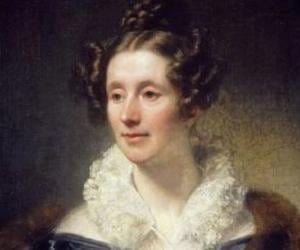
One of the two pioneering female honorary members of the Royal Astronomical Society, Mary Somerville was a 19th-century polymath and science writer. Though she specialized in math and astronomy, she was also well-versed in botany and geology. The Connection of the Physical Sciences remains her most notable work.
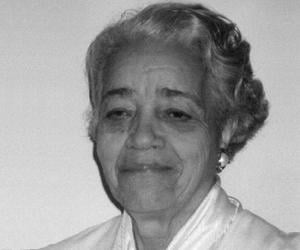
American mathematician Dorothy Vaughan was also known as a "human computer." Initially a math teacher, she became the first African-American supervisor of NACA, later part of NASA, at a time when racial segregation was rampant in the U.S. Her contribution to the early American space programs is invaluable.
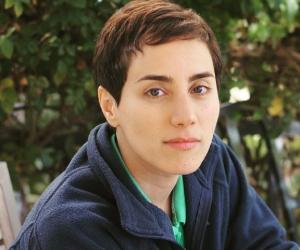
Maryam Mirzakhani was an Iranian mathematician best remembered for her innovative methods and research involving different branches of mathematics like symplectic geometry and ergodic theory. On 13 August 2014, she became the first Iranian and only woman to date to be honored with the prestigious Fields Medal. Maryam Mirzakhani died of breast cancer when she was 40 years old.
Italian mathematician Maria Gaetana Agnesi, daughter of an affluent silk trader, was well-versed in a number of languages as a child. Most of her work was regarding algebra, calculus, and the Witch of Agnesi. She was also the first female academic to write a math book and to teach math.
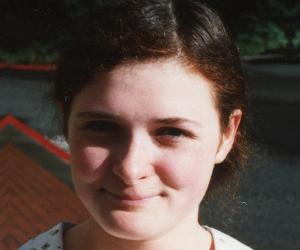
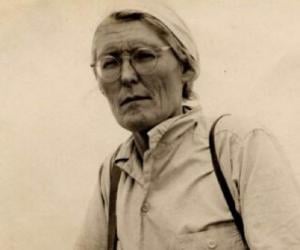
Celebrated German-born Peruvian mathematician, archaeologist, linguist, and astronomer Maria Reiche is remembered for her pioneering research on the Nazca lines. Nicknamed the Lady of the Lines, she was initially a governess and teacher in Peru. She later also became a founding-member of the non-profit organization South American Explorers.
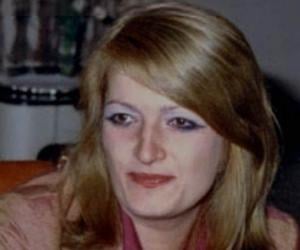
The daughter of Romanian Communist dictator Nicolae Ceaușescu, Zoia Ceaușescu was a renowned mathematician who had won the Simion Stoilow Prize. She was also known for her reckless lifestyle, her frequent travels, and her multiple relationships. Following her parents’ execution, she lost all her wealth and lived with her friends.
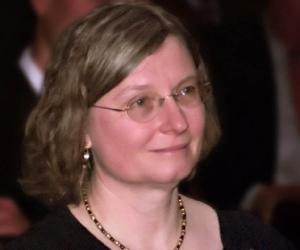
Belgian-born physicist Ingrid Daubechies was a prodigy of sorts and had started dealing with complicated mathematical concepts before turning 6. She grew up to work at the AT&T Bell Laboratories and also taught at Princeton. She is best known for her research on wavelets and image-compression technology.
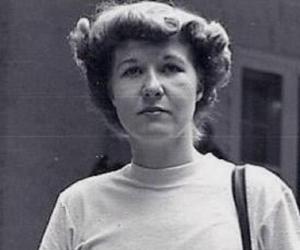
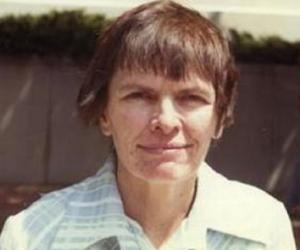
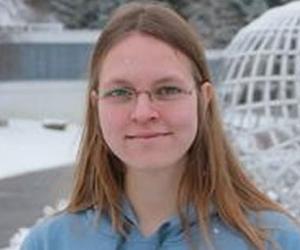
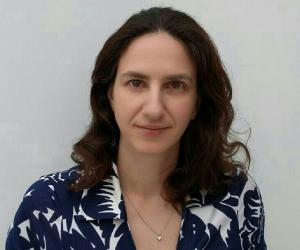
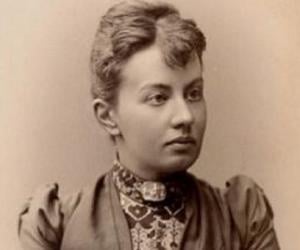
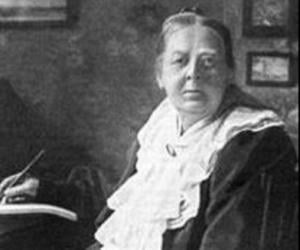
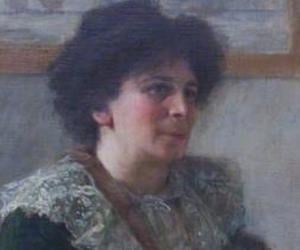
Hertha Ayrton was a British engineer, physicist, mathematician, and inventor. She is remembered for her work on electric arcs and ripple marks in sand and water, for which she was awarded the Hughes Medal by the Royal Society. As a woman in the 19th century, she had to face innumerable struggles in her career. She was also a passionate suffragist.
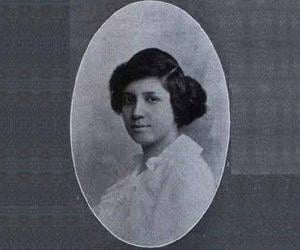
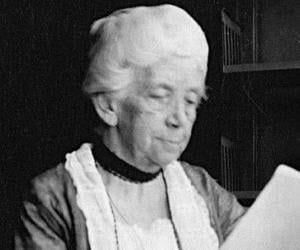
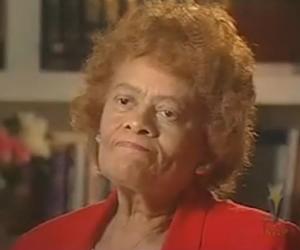
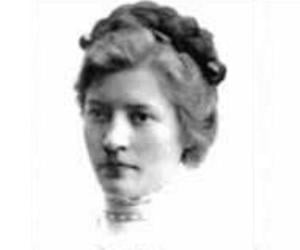
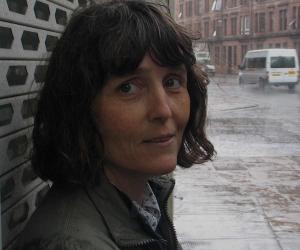
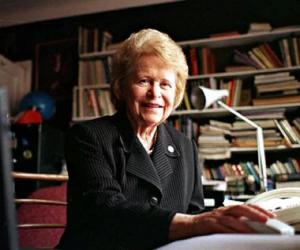
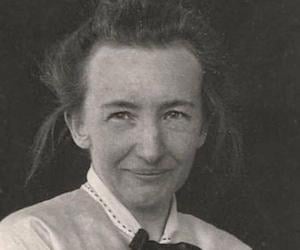
Tatyana Afanasyeva was a physicist and mathematician best remembered for making important contributions to the fields of statistical thermodynamics and statistical mechanics. She is also known as the wife of Austrian physicist Paul Ehrenfest with whom she collaborated often. Tatyana Afanasyeva published several papers on various topics like entropy and randomness.
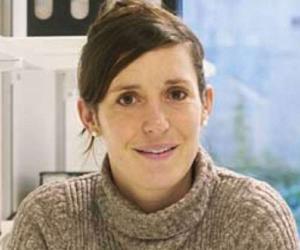
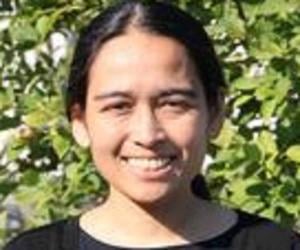
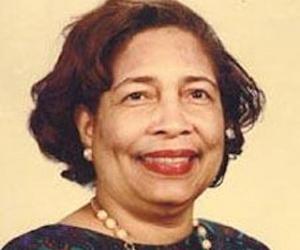
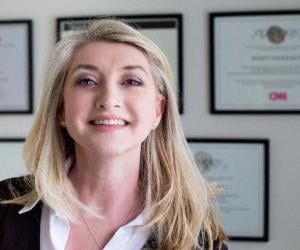

Tatyana Pavlovna Ehrenfest was a Dutch mathematician best remembered for her contributions to low-discrepancy sequences, De Bruijn sequences, and the BEST theorem. Tatyana Pavlovna Ehrenfest was the daughter of famous physicists, Paul Ehrenfest and Tatyana Alexeyevna Afanasyeva.
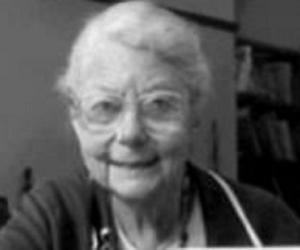
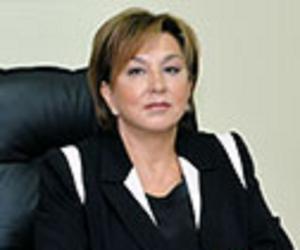
Maleyka Abbaszadeh is an Azerbaijani political figure. She is best known for her service as the Chair of the SSAC, a newly established organization which oversees the national entrance test for potential post-secondary students in Azerbaijan.
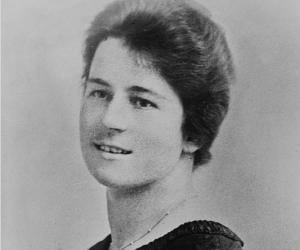
British-American mathematician and biochemist Dorothy Maud Wrinch initially gained recognition as the only female wrangler of the Mathematical Tripos in 1916. She later taught math at the universities of Oxford and Cambridge and became the first woman in the world to get a doctorate in science from Oxford.
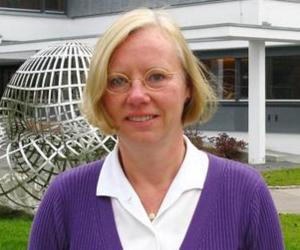
Karen Aardal is a Norwegian and Dutch theoretical computer scientist, applied mathematician, and operations researcher. Apart from her research work, Aardal also works as a professor of Applied Mathematics at TU Delft. Her research work involves integer programming, combinatorial optimization, facility location, and approximation algorithms.
